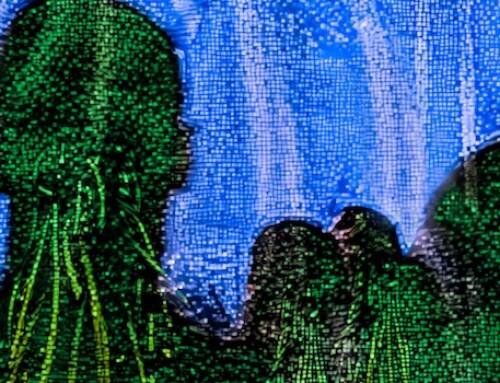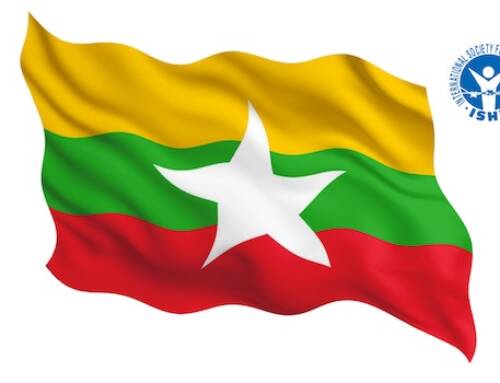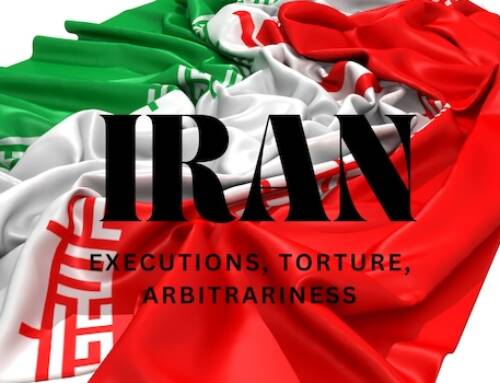Nicaragua


The Catholic Church – Side by Side with the People
In the history of humanity few institutions have been so controversial when it comes to their role played as the Roman Catholic Church. In the Americas, volumes can be written for the good and for the worst of it in over 500 hundred years.
In Nicaragua, history has followed the path of a pendulum. Sometimes to the right, sometimes to the left. José Santos Zelaya, and Anastasio Somoza Sr and Jr stand on the right; Daniel Ortega – nowadays accompanied by his wife Rosario Murillo –, stand on the left.
The Somozas (1937–1979) did not openly clash with the Church. Or if they sometimes did, they tried to masquerade their wrongdoings and attacks for the sake of preserving their identity as true Catholics. By contrast, J. Santos Zelaya (1893–1909) harshly targeted the Catholic Bishops and priests by confiscating their properties, expulsing the Bishop of Managua and the Jesuits from Nicaragua, and by taking some privileges that the Church had gained for decades during the previous eight conservative presidents that ruled Nicaragua for thirty-five years in a row.
As Daniel Ortega took power two times, first in the 20th century (1979–1990) and then in the 21st century (2007–to the present), his ferocity and cruelty towards the Catholic church has surpassed all standards. However, his Marxist-Leninist and bloody dictatorship has turned the bishops and priests into modern silent heroes. Among those, Rolando J. Alvarez and Silvio J. Báez stand out.
The tyrannical goal of Ortega is simple: to get rid of anything that has its own speech, that attracts masses, or holds a moral view in opposition to his repressive policies and innumerable violations of Human Rights. Consequently, all the opposition leaders are in jail or in exile. The same practices have applied to hundreds of NGO leaders, journalists, private entrepreneurs, nuns, university students, university deacons or chancellors. The Ortega-Murillo have wanted to criminalize as many priests as possible. Furthermore, Catholic radio and TV stations are in no manner out of the count.
The brave actions set out by Alvarez and Báez are evident: the former is in jail and the latter in exile. Each carrying on their shoulders a heavy weight, a gigantic stone that needs to be taken up the hill for the sake of freedom for all, once the civic means in Nicaragua were gone.
For a priest or a nun of any church in Nicaragua just saying loud their names (Alvarez or Báez!), the risk of going to jail is tantamount to a crime. (A couple of days ago, father Osmán Guillén, from the province of Estelí was imprisoned for daring to say in public: Long live Monsignor Alvarez!).
What is left for Nicaraguan citizens opposing the Sandinista outrageous policies and illegitimate ruling? A life of inner thoughts; a free conscience; and the immense possibility of free intimate wishes.
Ortega has not been able to reach out that deep as to impose sanctions or prohibitions over the minds of his own compatriots. But he sees that the Catholic Church exerts a lot of moral and ethical influence on the lives of so many Christians in Nicaragua.
Alvarez and Báez are not heroes by chance. They are also the children of an institution that – despite its mundane sins and abominable crimes throughout history – has produced true men of good will and courageous saints that have defied adversity and evil. They belong to a school of thought that draws firmly from the Gospels and the teachings of Christ.
Alvarez and Báez are not a fabrication of political propaganda that Washington has been enhancing to counter the Sandinistas by other means. No, they are the necessary soldiers of these times fighting against demons of a low world of malignity and dehumanization.
Haydée Marín, ISHR Latin America
Antonio López, ISHR Nicaragua





